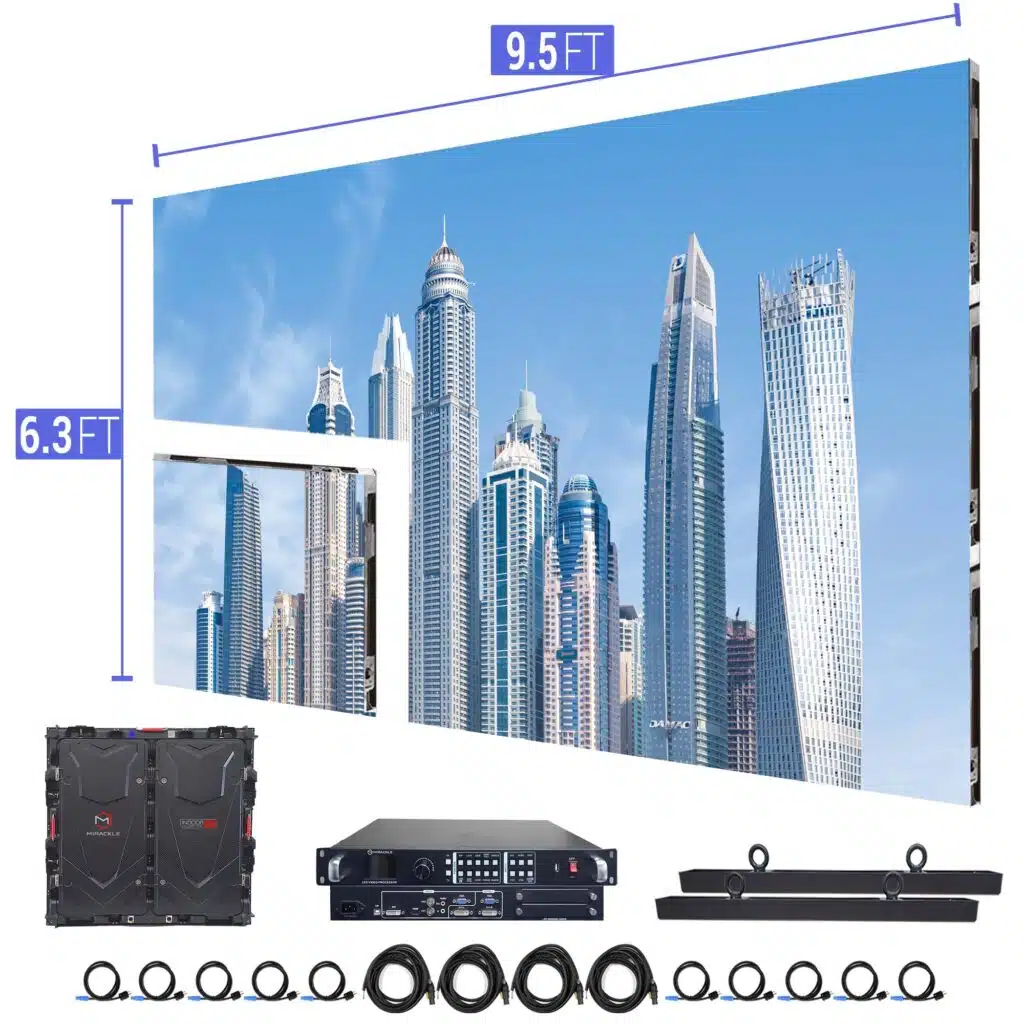Enhancing Aesthetic Impact Through Tactical Content Timing in LED Display Execution
Wiki Article
Maximizing visual effect throughout light-emitting diode screen performances requires careful planning and strategic content scheduling. Light-emitting diode screens represent powerful tools for visual storytelling, often utilized during musical events, events, plus displays. The efficacy of these screens relies not only just upon the caliber of the images yet also on how and timing they are presented. By understanding the audience's attention span and the flow of the event, organizers can create a more engaging experience that enthralls spectators and enhances the overall performance.
One key aspect of tactical visual timing is scheduling. It is vital to synchronize the images with the rhythm and pace of the performance. For instance, during a musical performance, visuals should complement the beat and mood of the melody. This alignment aids to forge a unified experience that pulls the viewers closer. Additionally, it is crucial to take into account the length of each visual clip. Short, impactful clips can maintain audience interest, while longer images may be appropriate for instances of contemplation or emotional connection. By altering the length and intensity of the visuals, event planners can keep the audience engaged throughout the performance.

Another crucial element is the content itself. The visuals displayed on the light-emitting diode screen should be relevant to the theme of the show. This pertinence aids to reinforce the message being communicated plus renders the encounter more memorable for the audience. For example, if the performance is about ecological consciousness, using images that illustrate nature and wildlife can enhance the message. Furthermore, incorporating lively features, such as motion graphics or engaging graphics, can add excitement and keep the viewers' focus. The appropriate material, shown at the appropriate time, can significantly enhance the effect of the show.
Viewer engagement is also a crucial consideration in visual timing. Comprehending the characteristics and tastes of the viewers can inform the choice of visuals. For example, a younger audience may respond better to vibrant hues and quick motion graphics, while an mature audience might appreciate more subtle and sophisticated visuals. By tailoring the content to the audience's interests, organizers can create a more personalized experience that resonates with viewers. Additionally, incorporating audience participation, such as live polls or social interactions, can further improve involvement and render the show more engaging.
Finally, assessing the efficacy of the visual scheduling is essential for future performances. Collecting feedback from the audience can offer insightful insights into what worked well and what could be improved. This information can help organizers refine their strategies and make informed decisions for future performances. By constantly evaluating and modifying the visual timing strategy, event planners can amplify why not look here the visual impact of LED wall performances and create memorable encounters for their audiences.